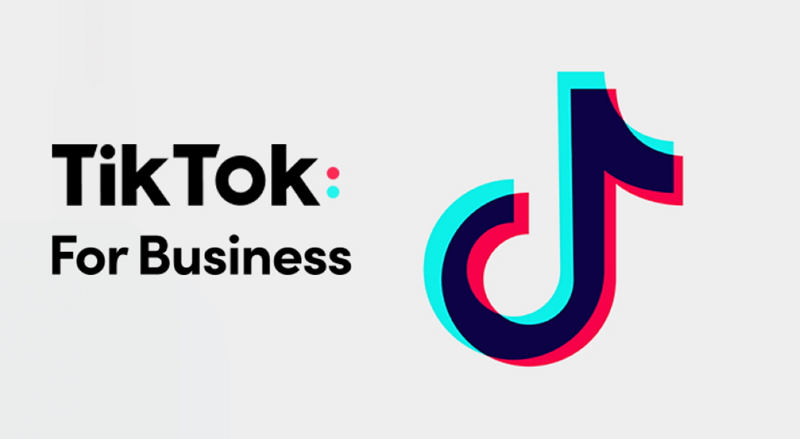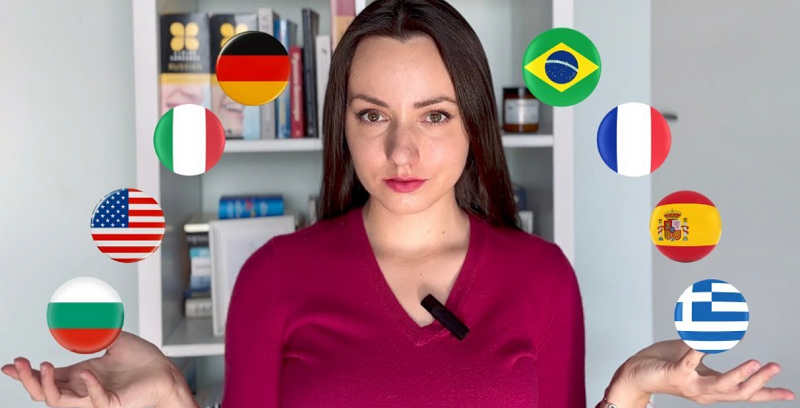In the world of social media and digital entertainment, two platforms have emerged as heavyweights in the realm of video content: TikTok and YouTube. Both platforms boast massive user bases and provide unique features that cater to different types of creators and audiences. In this article, we will delve into the key differences and similarities between TikTok and YouTube, shedding light on their strengths, weaknesses, and the overall impact they have on the digital landscape.
1. Content Format and Length:
One of the most apparent differences between TikTok and YouTube lies in the format and length of the content they host. TikTok is known for its short-form videos, typically limited to 15 to 60 seconds in duration. This brevity lends itself well to quick, attention-grabbing content that is easily consumed on-the-go. On the other hand, YouTube allows for longer-form videos, ranging from a few minutes to several hours. This extended format enables creators to produce in-depth tutorials, vlogs, documentaries, and other types of content that require more time and attention.
2. Creator Culture and Accessibility:
TikTok has gained popularity for its ease of use and the ability to quickly create and share content. Its user-friendly interface, vast library of filters and effects, and the use of trends and challenges have contributed to its widespread appeal, particularly among younger demographics. YouTube, on the other hand, has a more established creator culture and offers a broader range of content categories. It requires more effort in terms of video production and editing, making it attractive to creators who prioritize quality and are willing to invest more time and resources into their videos.
3. Discoverability and Algorithm:
TikTok's algorithm has been a game-changer in the social media landscape. It utilizes artificial intelligence and machine learning to curate personalized feeds for users based on their preferences and viewing behavior. This algorithmic approach has made it easier for new creators to gain visibility and quickly amass a following. YouTube, on the other hand, relies on a combination of search functionality, recommendations, and subscriber notifications to help users discover content. While YouTube's search engine optimization (SEO) capabilities can be advantageous for long-term visibility, it can also be more challenging for new creators to break through and gain initial traction.
4. Monetization Opportunities:
Both TikTok and YouTube offer monetization options for creators, although they differ in their approaches. TikTok's monetization program, known as the TikTok Creator Fund, allows eligible creators to earn money based on their video views and engagement metrics. YouTube, on the other hand, offers various monetization features such as advertising revenue, channel memberships, Super Chat, and merchandise shelf. YouTube's monetization options are more diverse and comprehensive, making it an attractive platform for creators who aim to generate sustainable income from their content.
5. Community Engagement and Interaction:
Engagement and interaction play vital roles in the success of any social media platform. TikTok has excelled in fostering a vibrant and interactive community, where users can easily like, comment, share, and duet videos. The platform's emphasis on user engagement and its ability to create viral trends and challenges have led to a high level of interactivity and participation. YouTube, on the other hand, offers more extensive commenting sections, allowing for more in-depth discussions and community-building around videos. Additionally, YouTube's live streaming feature enables real-time interaction between creators and their audiences, fostering a sense of connection and immediacy.
In conclusion, TikTok and YouTube are both powerful platforms in their own right, catering to different content formats, creator preferences, and audience demographics. TikTok's short-form videos and algorithmic approach have propelled it to the forefront of social media entertainment, particularly among younger audiences. On the other
hand, YouTube's long-form content, established creator culture, and extensive monetization options make it an attractive platform for creators who prioritize quality and long-term engagement. Ultimately, the choice between TikTok and YouTube depends on the content creators' goals, target audience, and the type of content they wish to produce.





